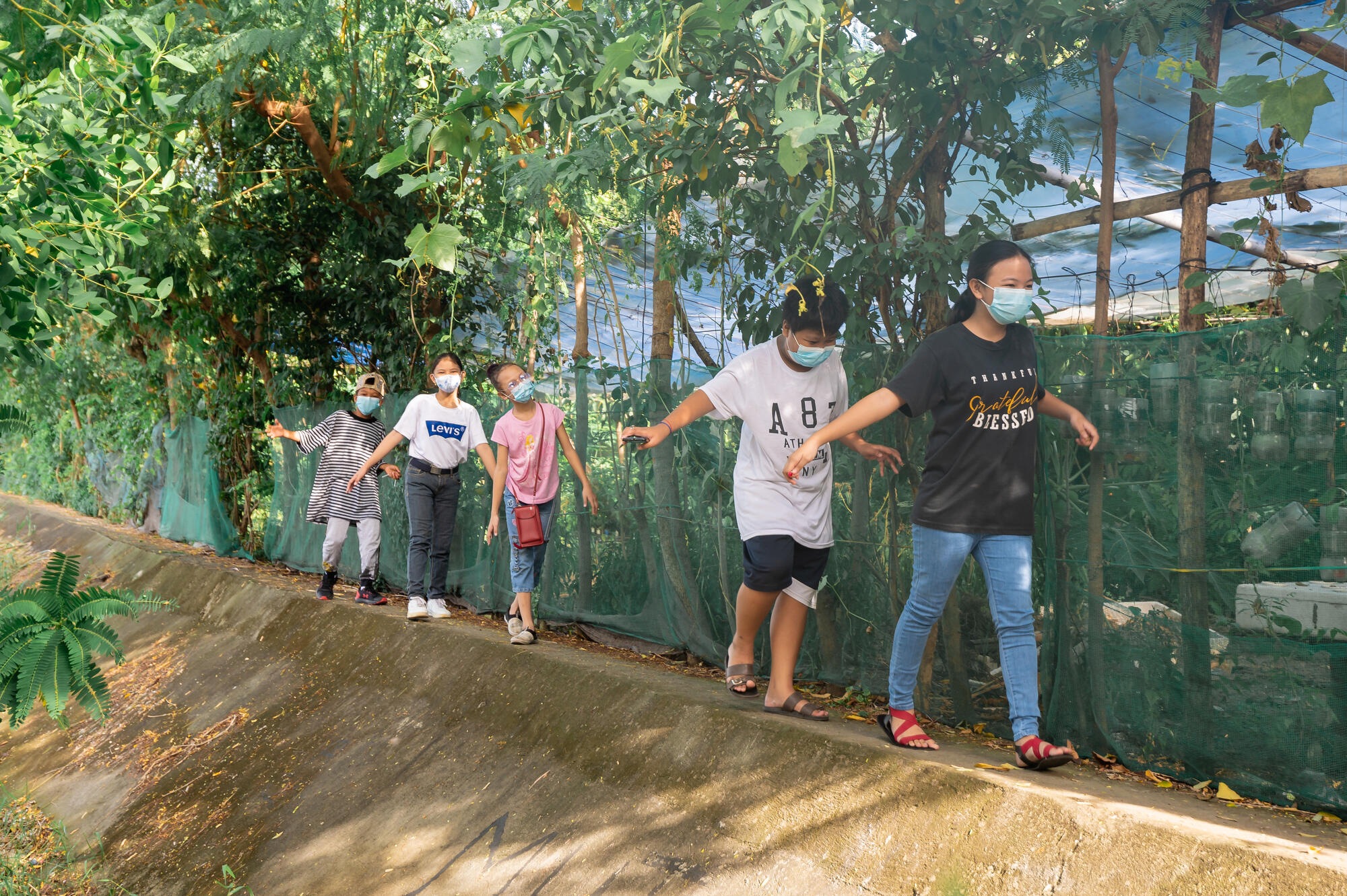Setting new year’s resolutions for kids
There’s something magical about starting a fresh, new year. Images of new experiences, new opportunities, new possibilities spring up as we turn the page into another year. The new year often signals us to start new things and make changes – the foundation of new year’s resolutions. Cliche as it may seem, forming resolutions for the year is actually good practice for adults and children alike. Resolutions are a great way to train kids on building new, productive habits and focusing on goals. Here are some tips on how to make resolutions with your children – and stick to them – this year.

1. Let them take ownership.
The key to getting your kids’ commitment is ownership. As a family, sit down and discuss what’s important to each person. What would make them happy or give them a sense of accomplishment? You can prompt them by asking about different situations – in school, with friends, at home, with their hobby. Then talk about how you can help each other make things happen this year. You can even create family goals that benefit all members of the family, so everyone works together towards it.
2. Break it down.
It’s not uncommon for people to set large, ambitious goals and resolutions at the start of the year. After all, we want to achieve a lot in 365 days! The thing with large (and sometimes ambiguous) goals is that we can get overwhelmed and give up. Breaking down goals into smaller, more achievable steps will make the tasks less daunting. Once a big goal has been set, map out the small steps to get there and set those as intermediate goals or milestones.
3. Be specific and realistic.
Another common trap when forming resolutions is keeping them too general, like ‘save more money’. While the intent is good, the objective may not be achieved because there isn’t anything measurable about it. Instead, saying something like ‘save P50 a week’ will help your kids (and you) work towards a specific target, and keep track of it.
4. Monitor progress.
Because resolutions tend to be forgotten one month into the year, it’s a good idea to list them down and keep them in a visible place in the house. Having a daily and weekly tracker – like a sticker board – is a great way to keep the younger ones engaged and motivated. Marking out and celebrating milestones is another great way to keep the momentum going.

5. Reward and recalibrate.
Take time to review your kids’ achievements. Let them know that you noticed improvements, like “You’re much better at math now than two months ago!” If things aren’t going at the pace you anticipated, don’t be afraid to scale back and reset objectives. Also, let your kids know that missing a day or two in practicing their resolution is not the same as failure. The important thing is to try again and move forward. Remember, the aim is progress, not perfection.
6. Keep it age-appropriate.
Small kids won’t be able to achieve as much as older kids, so make sure you set goals that make sense for the stage each child is in. You can have similar goals, like keeping their room tidy, but specify tasks that are relevant to each child. For a pre-schooler, it might mean picking up toys and putting them away before dinner. For a teenager, it may include fixing their bed and putting away laundry. This avoids the temptation to compare among siblings, and any potential rivalry.
7. Show them how it’s done.
As with many things in parenting, modeling is key. Form your own resolutions, communicate them, then demonstrate your commitment by practicing these resolutions regularly. Setting a good example for your kids does more than nagging them about their own tasks.
Hopefully, these tips will help you and your kids stick to this year’s resolutions. One last thing, though – try to keep things fun and enjoyable! Resolutions get ditched faster if it feels like a chore. So try to infuse some creative activities into your list to get the motivation going.








